People
Cebu Dreamin’
Kenneth Cobonpue needs no introduction to Zee Lifestyle readers. We’ve featured him often enough—his repeated collaboration with Hollywood star and activist Brad Pitt, the containers of yin-yang loveseats, croissant sofas, Pigalle beds bound for celebrities’ homes. His latest endeavor is a 324-square-meter lifestyle store carrying his label at Makati’s uber trendy Greenbelt area. Set to open in a few months, it will make accessible for the first time a three-dimensional view of his obsessively Filipino creative psyche, and the opportunity to buy them.

Kenneth Cobonpue needs no introduction to Zee Lifestyle readers. We’ve featured him often enough—his repeated collaboration with Hollywood star and activist Brad Pitt, the containers of yin-yang loveseats, croissant sofas, Pigalle beds bound for celebrities’ homes. His latest endeavor is a 324-square-meter lifestyle store carrying his label at Makati’s uber trendy Greenbelt area. Set to open in a few months, it will make accessible for the first time a three-dimensional view of his obsessively Filipino creative psyche, and the opportunity to buy them.



We wanted to convey a tropical park to greet arrivals, their first sight would be of palm trees and flowering plants as soon they step outside the luggage area,” Kenneth Cobonpue answered when asked what would be different in their proposed plan of the NAIA 1 rehabilitation. Gone would be the dark and bulky concrete square that faces the main airport terminal. In fact, that would be the first to go if Budji Layug, Royal Pineda and Kenneth would have their say.
“This is really about a dream, a vision, of creating a better image of the country through a series of projects in which people could participate and relive the spirit of bayanihan,” Kenneth told us. “We talk so much about our country being a tropical paradise but reality could be brutal to visitors. We wanted to change this experience by allowing a quick glimpse into a lush garden and a verdant canopy of trees in the arrival area itself.”
Sadly, this will not be the case anymore.
BACKTRACK The National Competitiveness Council (NCC), a public-private sector advisory council set up to address the need to improve the Philippines’ image, was reorganized last April to boost the country’s international ranking from the bottom third to the top third by 2016. The public sector members of the NCC are the Secretary of Trade and Industry (who serves as co-chairman), the Secretaries of Finance, Energy, Tourism, and Education, and the head of the National Economic Development Authority (NEDA).
A month earlier, Kenneth was asked by some members of the Economic Cluster of the Cabinet to host a meeting to brainstorm on how we could pursue a new image for the Philippines. That meeting took place on March 20, 2011, with some members of the Cabinet—Finance Secretary Cesar Purisima, Trade Secretary Greg Domingo, Budget Secretary Butch Abad, the then Tourism Secretary Alberto Lim, and Press Secretary Ricky Carandang, and people from the private sector, among them Josie Natori, Emily Abrera, Fernando Zobel, Brian Tenorio, Junie del Mundo, and Jeannie Javelosa, and Budji and Royal.
Among the ideas discussed, two projects were identified: the creation of a new country brand and the renovation of the NAIA-1 and the Mactan-Cebu International Airport. Each project would serve as a means of conveying a new message about the country—one that would capture our attributes and qualities while symbolizing progress and development at the same time.
They met again on March 25 to discuss both projects, during which two groups were created—one for the country brand and one for the renovation of the NAIA 1 and the Mactan Airport. Visiting the Cobonpue showroom in Cebu, the group made a unanimous decision in taking the lead set by Kenneth’s design sensibility in creating the “face of modern Philippines”.
On April 6, the first meeting of the airport renovation team was led by Manila International Airport Authority General Manager Angelo Honrado, with NAIA Terminal Manager Dante Basanta, architect Royal Pineda, and designers Budji Layug and Kenneth Cobonpue. They studied the situation of the entire Manila International Airport Authority before the actual design process started.
MIAA is composed of four terminals: NAIA 1, Terminal 2 or the Centennial Airport, Terminal 3, and the Domestic Airport. NAIA-1, designed by Leandro Locsin who was posthumously declared a National Artist for architecture in 2008, was constructed in 1978 and completed in 1981. At 67,000 square meters, it was originally designed to handle 4.5 million passengers per year. It has long reached itsmaximum capability, and with some improvements and additions its capacity has been extended to 6.0 million passengers per year. It served over 7 million in 2010. Today, the four terminals services over 27 million passengers, with NAIA 1 and 2 the most highly congested.
Even if Terminal 3 were opened for multiple airlines, there can be no way of shifting all of NAIA 1’s capacity to Terminal 3 alone should the former be shut down. The possibilty of opening Clark Airport would somehow decongest Terminal 1, but still it would be inconceivable to divert all traffic there, regardless of whether or not a high-speed rail link could be established between Metro Manila and Clark to support it. Besides, such a project would take years to complete anyway.
Thus, fixing NAIA 1 and getting Terminal 3 fully open makes so much sense now. The needs are immediate. With that in mind, Kenneth, Budji, and Royal’s team set out to create a renovation design for NAIA 1 in conjunction with the airport’s own engineers and architects.


THE PROPOSAL In designing the changes, the basic mission was to transform NAIA 1 into a boutique airport, a modern gateway that would give passengers a better travel experience in terms of service, comfort, and facilities. Maintaining the structural integrity of the building was given paramount importance; hence, no thought about changing the structure of the building or expanding its present size was ever entertained. The solution was to clear some design structures and to streamline some of the steps which passengers have to undergo in the airport.
One such problem, often cited by passengers, is the lack of food outlets and restaurants in the area. The team’s solution was to create a park with world-class Filipino restaurants and cafés around it. This could become a waiting and receiving lounge for the passengers and their greeters, a welcome change from the only amenity that exists today: the open-air parking lot blocked off by a fence from the arrival extension area that keeps the greeters away—either sweltering in the heat or soaked by rain.

Presently, passengers have to work their way down a steep ramp to the arrival extension level so they could be picked up by their cars or relatives. For most people walking down that ramp, the experience is more like being dragged down by your own luggage. Hence, part of the proposed design was a walkway lined with trees and shaded by modern sculptural concrete canopies that would go around the park. Passengers could be picked up along the entire length of the walkway, which would be ten times longer than the existing pick-up point—a convenience that could readily be pursued since space is available to begin with.
Discussions on construction were started based on NAIA’s own plan to renovate the airport section by section. A decision was made to hold off any renovation until a full plan could be drawn up. Even the redesign and renovation of Duty Free Philippines, to be done at its own expense, would be timed to coincide with NAIA’s overall plan, to make sure that everything would fit into the larger design. A review of office structures, procedures, and flows, including the locations of conveyor systems, terminal fee booths, passport control, security screening, immigration booths, and baggage claim areas were also considered. As the design process progressed, discussions came to include lighting systems, air conditioning requirements, and even the retail mix and locations for specific types of concessionaires.

Another decision made was to differentiate the services available within the airport system, so a review of the staff’s service delivery was also started. For this purpose, the hotel staff of the AIM Conference Center was invited to design a training program for the airport service staff. Plans for inviting Filipino designers to create new uniform designs for the different staff positions, as well as getting curators to manage art installations within the airport terminal, were laid down.
The total cost of renovating NAIA-1’s interiors was estimated at P500 million, while another P500 million would be needed for the creation of a better outdoor arrival extension area with a park, restaurants and shops, and a three-storey parking garage that would replace the present sprawling, open-air parking lot.
After fully engaging the NAIA staff in a series of discussions on budget limitations, the team of Kenneth, Budji, and Royal presented their proposal for the design concept to the MIAA Management Committee on May 24 last year and to the Economic Cluster on May 25. They also made a presentation to the MIAA Board on May 26, which adopted the proposal subject to the availability of funds. The Board formally created a Project Management Office (PMO) and an organizational structure for the project.
The design team worked as pro bono consultants as they guided the NAIA PMO and its own team of in-house architects and engineers in preparing the proposal’s detailed architectural drawings. All technical drawings were automatically owned by the NAIA including all architectural perspectives and floor plans. All the plans and material specifications were used by the PMO for cost estimates as it prepared the bid documents and Invitations to Bid needed for any work to proceed.

Meanwhile, news broke that the NAIA-1 got the ignoble award—that of being the worst international airport in Asia and fifth worst in the whole world. The label went viral on Facebook in a matter of days, on the heels of the furor over the plagiarism committed in Tourism Secretary Albert Lim’s Pilipinas Kay Ganda campaign, and shaking the government out of its stupor.
Away from the glaring lights of publicity, Kenneth, together with Budji Layug and Royal Pineda, forged on and quietly worked on polishing their final plans for the redo of the tired-looking NAIA 1 terminal. In October, the team unveiled a plan that was highly aesthetic but also real and concrete. They presented it to an excited social network community where they were enthusiastically received and welcomed.

THE DECISION TO CHANGE HANDS The momentum towards NAIA’s renovation was unexpectedly broken however, when former Senator Mar Roxas, appointed by President Benigno Aquino III as the new Transportation and Communications (DOTC) Secretary on June 7, 2011, dismissed the meticulous plans, in a meeting with Budji and Royal, together with NCC Chairman Bill Luz early last November. The NAIA 1 project falls under the DOTC jurisdiction. Roxas made the decision to award the project to the original architect of NAIA-1, the firm of Leandro Locsin, citing as his reason that they would have access to all the original drawings. This negating all the eight months of work that included construction plans and documents ready for bidding, and reversing the directive issued eight months earlier by Trade Secretary Greg Domingo, Budget and Management Secretary Butch Abad, former Tourism Secretary Alberto Lim, Finance Secretary Cesar Purisima, and then Communications Secretary Ricky Carandang, and the decision of the MIAA in May 2011 to adopt the team’s design.
For a government that demands our support and understanding, they sure know how to put an end to any form of volunteerism from willing citizens.

CEBU’S TURN It’s the new year and we move forward. Kenneth is fresh from his family holiday in the US, and we reminded him on the side note of the Mactan Cebu airport, part of the original rebranding plans. Mactan International Airport’s last incarnation was in 1998, and since then visitors, and accompanying revenues, have more than doubled. Just like NAIA 1, it is crying for a major overhaul, with international visitors streaming in from the spic-and-span Hong Kong, Narita, Seoul, and Singapore airport terminals.
The local airport authority, headed by Paul Villarete, is as anxious as well to jump-start the project. “I am just waiting for Kenneth’s group to present the plans,” he said. “It will then be reviewed at a local level before it’s submitted to Manila for final approval.”

Rene Almendras, the Cebuano cabinet secretary and close advisor of the President, on a recent visit home, also mentioned the same thing. “The local level has a lot of say on what direction the Cebu airport renovation will be heading. The Department of Finance will still bankroll the project, but they have more or less voiced their approval of Kenneth’s group at the very start,” he intimated.
Redesigning the Mactan Airport has its own peculiar challenges, Kenneth confessed, due mostly to its narrow dimension. “Nevertheless,” he said, “we already have some ideas on where to start, like opening up one wall to glass and raising the ceiling—those are the ones that are easy to fix. The hard part will be the basic infrastructure. Because of its age, we will probably need to update all hardware.”
The Mactan Airport Authority, according to Villarete, also expressed the three main concerns similar to those in Manila—first, the travelers’ security; second, the basic infrastructure and how to update it to meet current standards; and third, the aesthetics, how to offer the same convenience and style to make the airport measure up to similar ones around Asia.

There are hurdles ahead. A proposed plan by Congressman Tomas Osmena will build an airport from scratch at the southern tip of Mactan Island using mostly reclaimed land, might just affect the project. There is a need for a second runway that would only be possible through expansion. Airport authorities are confident this can be done in eight years or less.
And yet, whatever these may be, the people already have a lot to anchor their hopes on while dreaming of a better airport soon in Mactan. For one, Cebu is not as bureaucratic as Manila, where political chess is always being played. For another, the project would not be as expensive and so is not likely to attract the big players.
The biggest gain would be a beautiful concept that we could all expect from Kenneth, Budji, and Royal. With them having offered their services and vision pro bono, what
People
A Destination Wedding in Capiz; A Love Story in Focus

by Oj Hofer | photography by Pat Dy | styling by Romero Vergara | bridal gown & groom’s tuxedo by Oj Hofer
As June draws to a close—a month filled with vows, veils, and wedding bliss—it’s only fitting to end with a love story that began not in a chapel, but behind the lens of a camera. Meet the groom, Phillip Novo: a seasoned maritime officer commanding international vessels by profession, and a passionate hobbyist photographer in his downtime. Mr. Novo has captured countless scenes from around the world, but nothing compares to his candid portraiture study of the woman he would soon marry—Mitch Alianza—in a heartfelt ceremony at the Sacred Heart of Jesus in Roxas City, Capiz.

Philip keeps it classic in sun-washed Seychelles beige linen.

Mitch channels Persephone in a gown that blossoms with spring’s charm
Capiz became the couple’s destination of choice as an homage to the bride, who hails from the province. Historically, Capiz was the second Spanish settlement established in the Philippines. With its 80-kilometer coastline and a mesmerizing stretch of rivers and swamplands, the province offered a natural allure to the wedding party. Yet for the groom, it was more than scenery—it was about honoring his bride’s heritage and heart.
Their love story spans continents, email inboxes, and a few overpacked pieces of luggage. Phillip recalls their serendipitous encounter involving jumpsuits, hot air balloons, and the rhythm of a life lived in sync.

The Sacred Heart Shrine in Capiz, transformed into a lush tropical dreamscape.

Wicker baskets, solihiya chairs, and cascading greens brought understated elegance to the naturalistic reception at Istorya Forest Garden.
How did you meet Mitch?
Right after covering a friend’s wedding. I spotted her navigating the space with this quiet confidence. We didn’t even speak—just exchanged a look. Later came a few messages, a first date, and her walking toward me in a black jumpsuit. That moment? Unforgettable. I thought, “Ka-Vogue!”
When did you know she was the one?
Honestly, from the start. I had just closed a big chapter of my life—career goals, family responsibilities—and when I held her hand for the first time, I didn’t want to let go. Everything just aligned.
You proposed in Turkey—why there?
Cappadocia. Picture it: fairy chimneys, floating hot air balloons, and this surreal landscape. It felt like a dream, and in that dream, I asked her to marry me.
Who plans your trips—beach bum or mountain guy?
I map out the adventures, and Mitch plans what we wear on them. She packs only what fits and flatters—and trust me, she always looks like she stepped out of a fashion editorial. Our luggage deserves its own Instagram.
If you had 10,000 lives, would you marry her each time?
Every single time. Even if we met in another galaxy.
What’s one quirky thing you love about her?
She’s endlessly resourceful. Whether it’s an outfit or a life goal, Mitch can pull it together like no one else. She’s sharp, creative, and once she sets her mind on something, there’s no stopping her.
What’s your message to Mitch as you set off on this next big adventure together?
Hi, Love—keep holding my hand. No matter how the winds blow, let’s keep making memories, telling stories, and seeing the world—together.

A Sky Full of Balloons, a Heart Full of Yes — Philip Proposes to Mitch in Magical Cappadocia
People
The Cardinals–an Amazing Gallery of Portraits on Cardinals in the Philippines by Artist Jun Impas

by Jing Ramos
With the recent death of Pope Francis on April 21, the Catholic Church is now focused on the election of the new Pontiff. The succeeding Pope will be challenged with continuing Pope Francis’ appointments and reforms, which leaned heavily on social justice and environmental issues.
According to the Code of Canon Law, the two most important functions of a Cardinal are to advise the Pope on matters of Church governance and global issues, and most importantly, to assume a vital role in electing a new Pope when the Holy See (Sede Vacante) is vacant.
In 6th-century Rome, the first individuals known as Cardinals were the deacons of the seven regions of the city. Since then, Cardinals have become a privileged group among the Roman clergy. It wasn’t until the 11th century that Cardinals were officially granted the right to elect a Pope. They were given the honor of wearing a red hat, which soon became their symbol. Often referred to as “Princes of the Church,” Cardinals wear distinctive red attire and are addressed as “Eminence,” a title that conveys dignity and respect.
Currently, one of the most favored contenders to continue Pope Francis’ progressive agenda is Cardinal Luis Tagle. He brings significant experience as the Pro-Prefect for the Section of the First Dicastery. Also serving as President of the Interdicasterial Commission for Consecrated Religious, Cardinal Tagle is the Grand Chancellor of the Pontifical Urbaniana University. Beyond his titles, he is widely known in the Vatican as a trusted figure within Pope Francis’ core group.

Cardinal Luis Tagle and artist Jun Impas
Jun Impas, a highly respected Cebuano visual artist known for his realistic paintings, shares his gallery of Filipino Cardinals. The artist’s accurate and detailed depictions capture not only the physical likeness but also the presence of his subjects. “As a realistic painter, my works revolve around human figures, religion, significant cultural events, and quintessential Filipino scenes. I believe in the beauty of the ordinary, and that the most touching and telling of any story is better felt when captured in infinite duration, as in a realism painting,” the artist concludes.
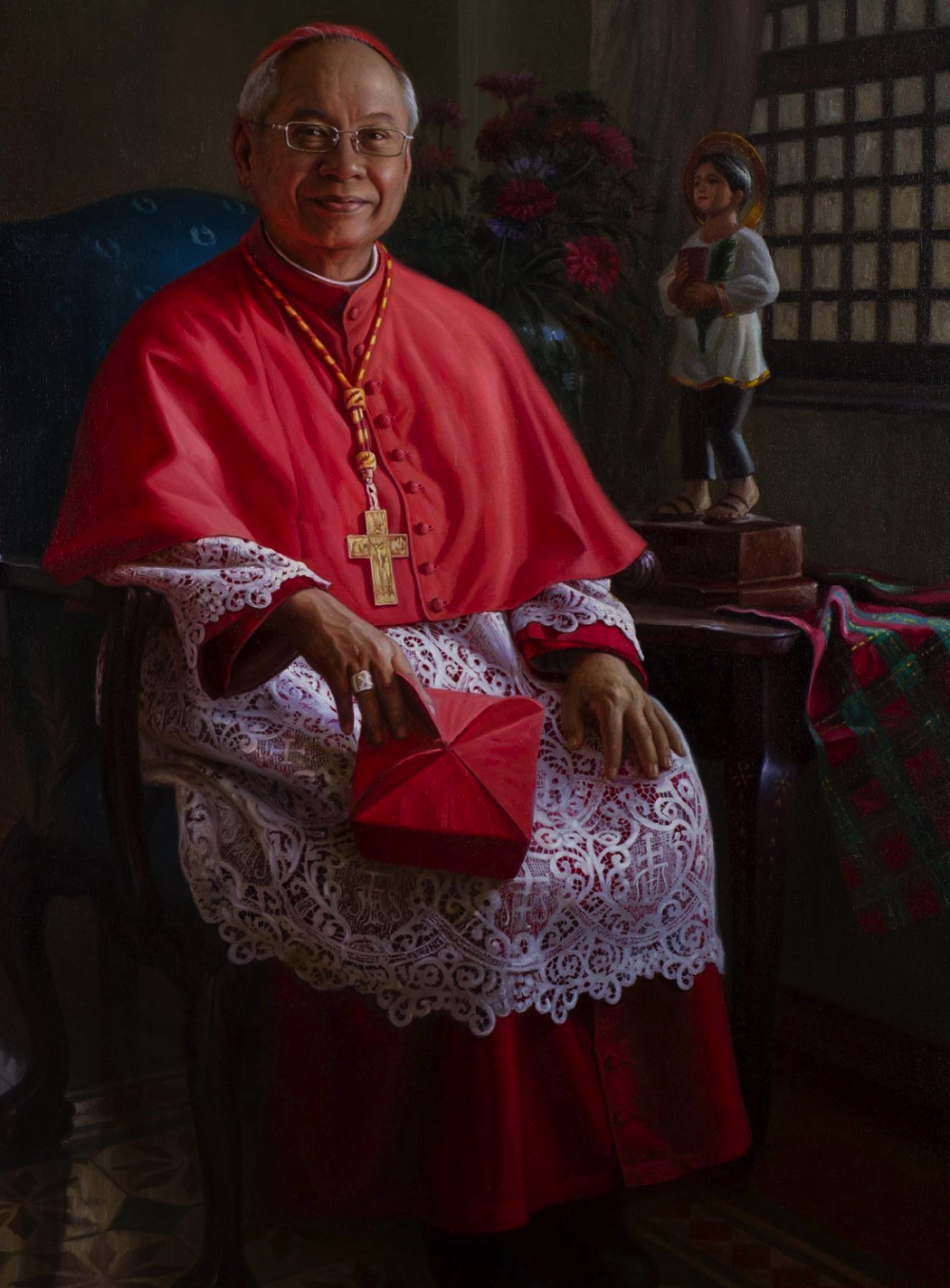
Cardinal Orlando Quevedo
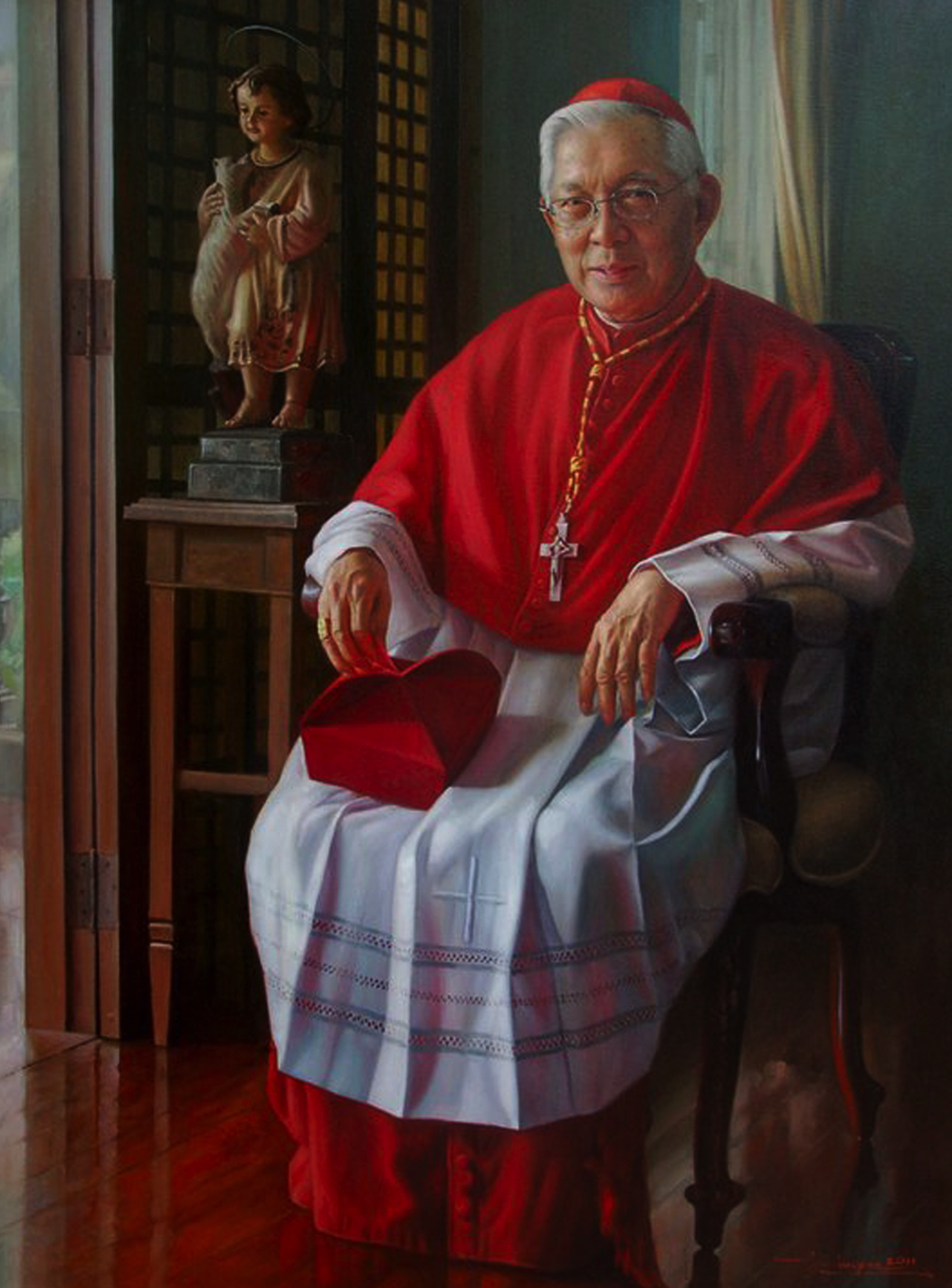
Cardinal Archbishop Emeritus of Manila Gaudencio Borbon Cardinal Rosales
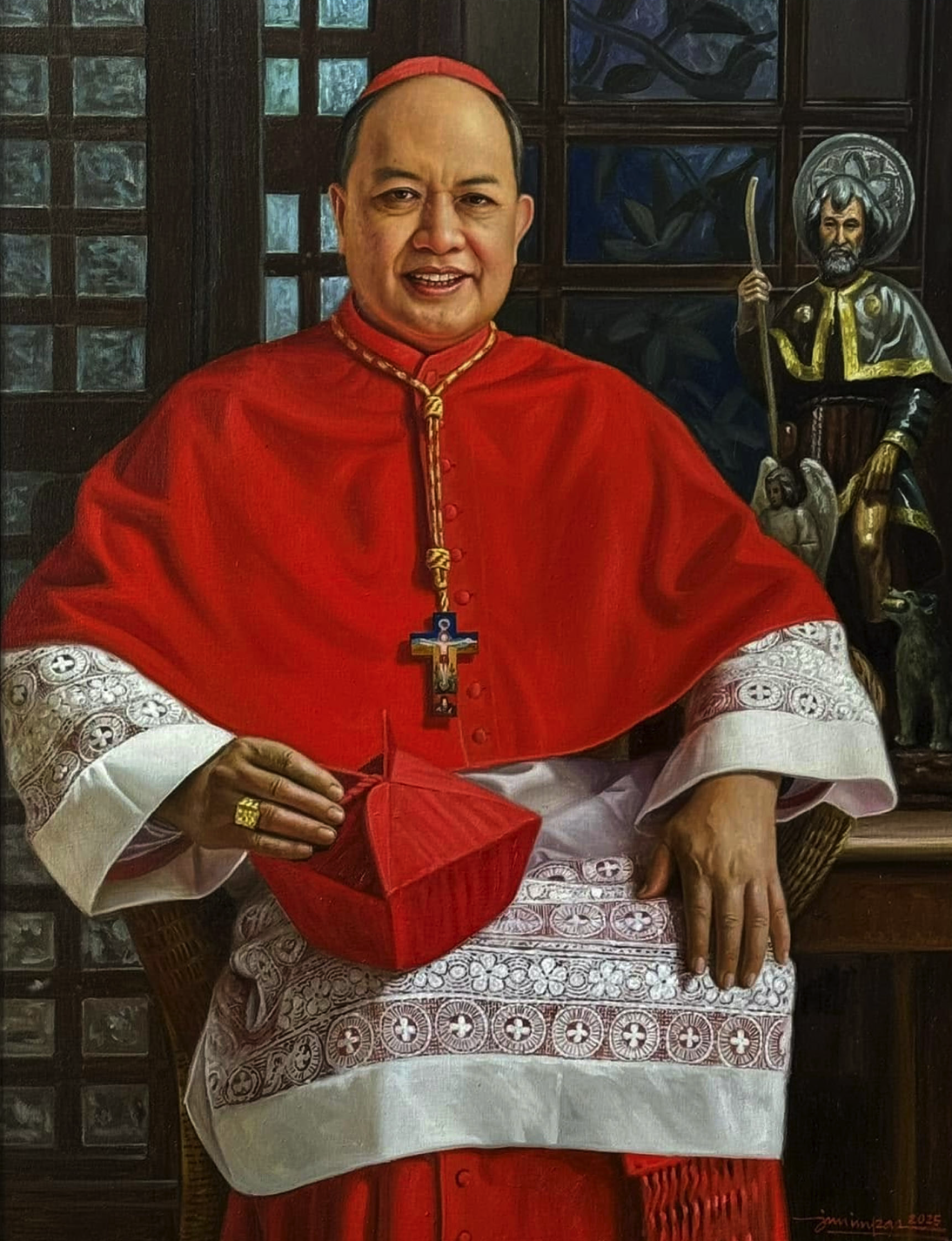
His Eminence Pablo Virgilio David, Cardinal Bishop of Caloocan
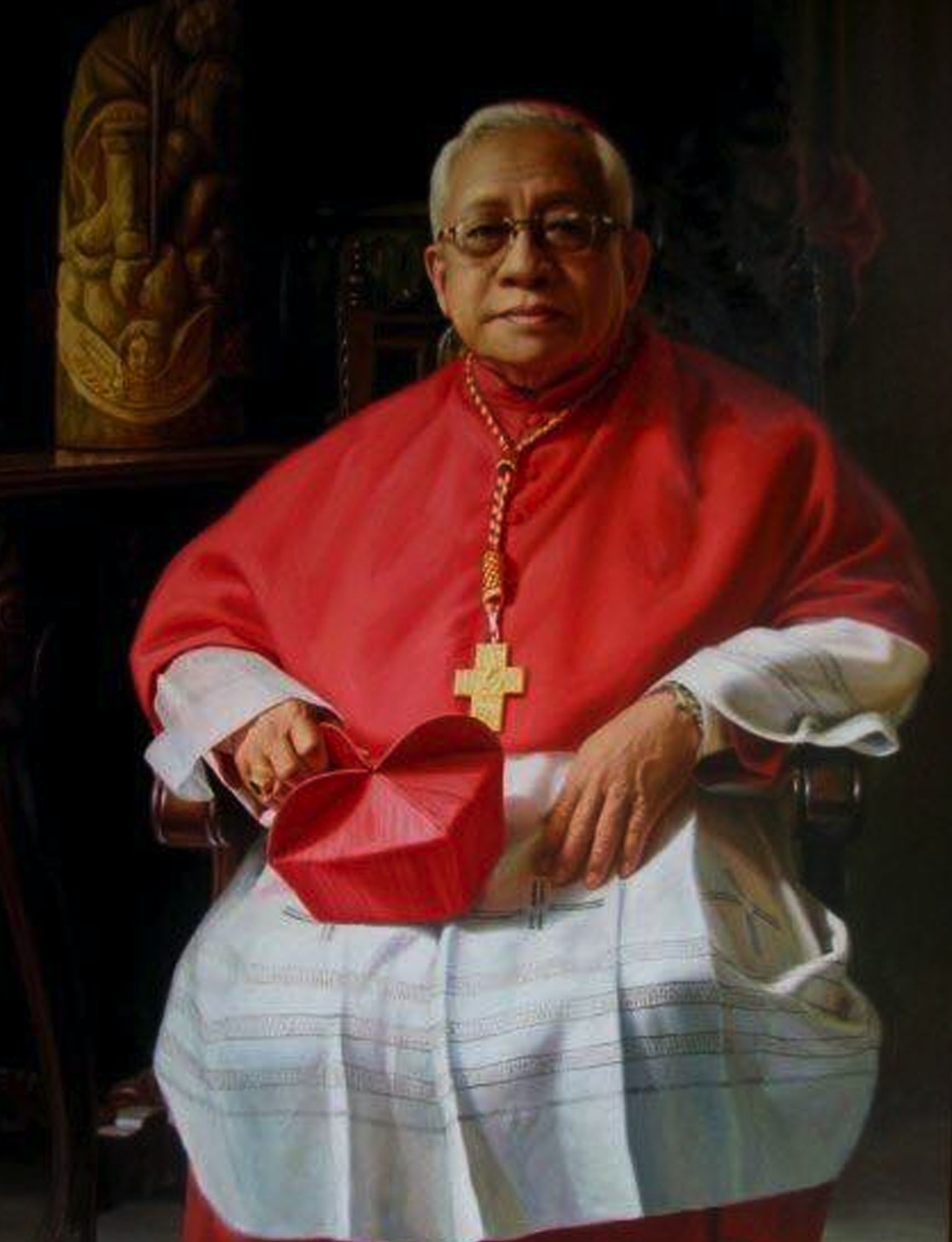
His Eminence Ricardo J. Vidal, Cardinal Archbishop of Cebu
Events
The First NUSTAR BALL
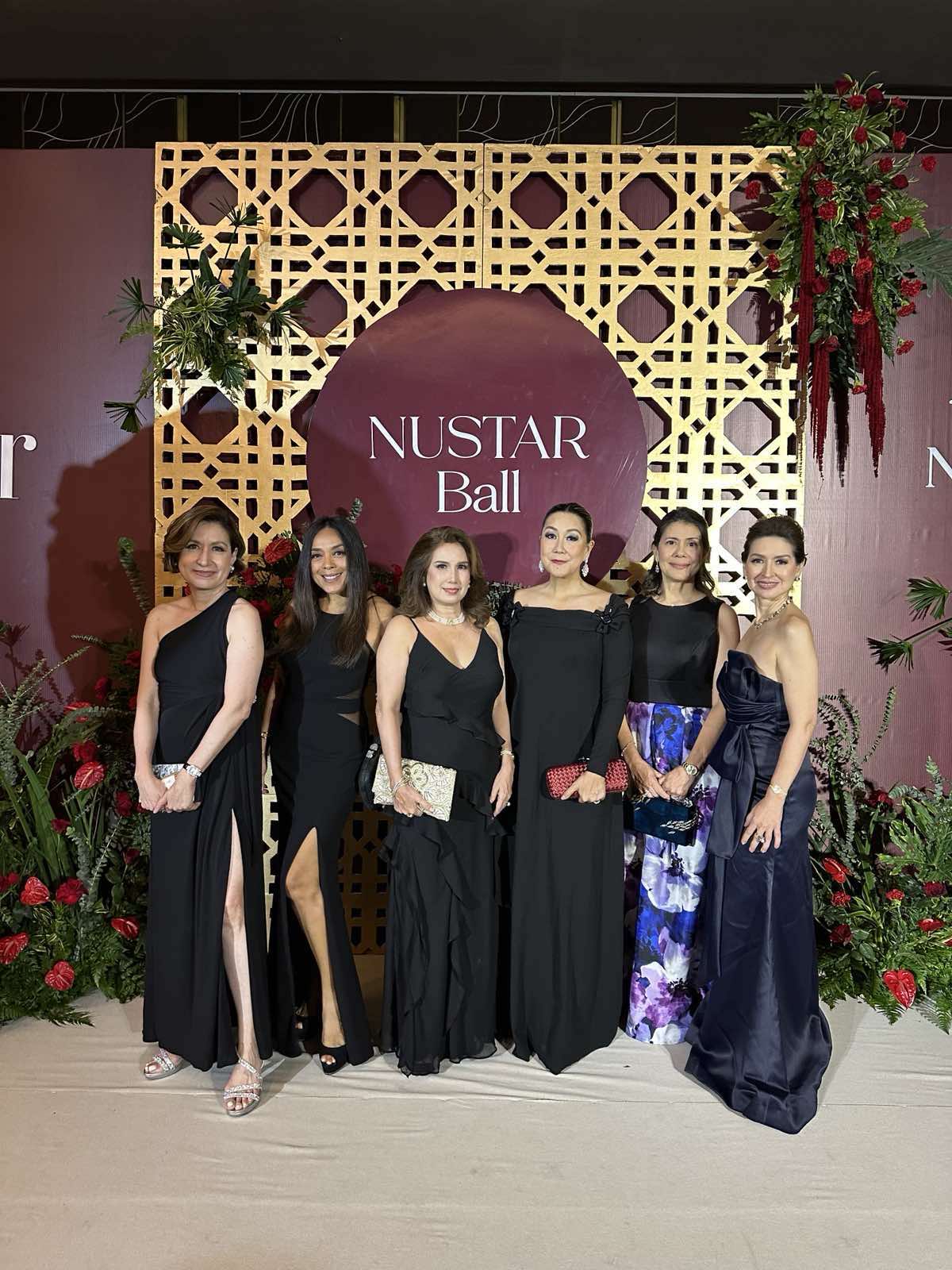
The NUSTAR Ballroom, a magnificent venue at the NUSTAR Resort and Casino in Cebu, sets the stage for last night’s first-ever NUSTAR Ball.

Black was the color of night at the Zee table.
Glamorous guests from Manila and Cebu converged at the NUSTAR Ballroom, an exquisite venue within the NUSTAR Resort and Casino in Cebu. The evening unfolded with a seated 5-course dinner. The opulent feast started with Beetroot Salmon Gravlax, adorned with caper berries, caviar, set with delicate edible flowers; and a main course of Compressed Pork Belly with Crackling Skin and Baby Scallops. Another highlight was the auction of coveted items like Dior and YSL handbags, a limited-edition Bulgari watch, and an exclusive 2-night stay in Nustar’s opulent 3-bedroom villa—complete with a private pool and a dedicated butler. The charity evening benefited the Cameleon Association, an NGO based in Iloilo City created in 1997 that developed a global approach to act on the causes and effects of sexual violence against children.

Nora Sol, Beth Go, Frances Siao and Marylou Ong

Ina Ronquillo, Maryanne Aboitiz and Jackie Lotzof

Designers Jun Escario and Philip Rodriguez

Philip Rodriguez with NUSTAR Malls two power ladies: May Adolfo and Joanna Salazar

Lana Osmeña with Mariquita Yeung

PJ Castillo and Kaye Abad with Cary Santiago

Drew Sarmiento with LV Manager Adrian Decuigan

Cary Santiago with Eva Gullas

Manila socialites Julie Boschi and Ching Cruz with June Alegrado
It was a night of elegance, luxury, and unforgettable memories as ladies in long gowns and gentlemen in black ties danced the night away.
-

 Style3 weeks ago
Style3 weeks agoHappy Melendres Traipsing Around Manhattan in Non-Stop Armani
-

 Style2 months ago
Style2 months agoThe Invisible Part of Fashion: Five of the Most Enduring Fragrances of All Times
-

 Arts & Culture1 month ago
Arts & Culture1 month agoKultura. Kapital. Kasalukuyan: Art that Speaks of Today
-
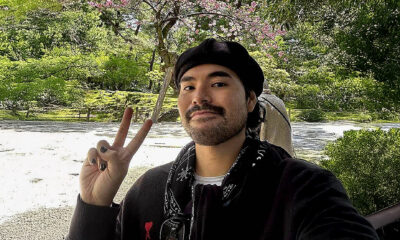
 Prime Target2 weeks ago
Prime Target2 weeks agoMiko Sarmiento: Turning Silk Scarves Into Works of Art
-
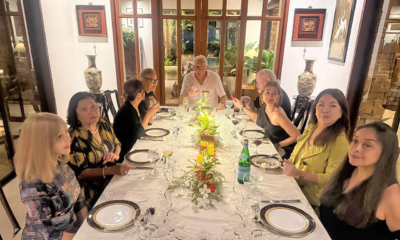
 The Scene1 month ago
The Scene1 month agoAnother Elegant Dinner at Chez Marguerite
-

 Prime Target1 month ago
Prime Target1 month agoLuna Vdl–Endless Summers in Siargao
-

 The Scene1 month ago
The Scene1 month agoA Stylish Soirée: Cebu’s Elite Celebrate Jackie Deen Lotzoff at Mad Thai
-
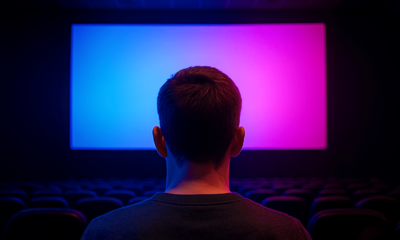
 QuickFx4 weeks ago
QuickFx4 weeks agoI Lost It at the Movies: Five of the Most Significant Films of the 1960s






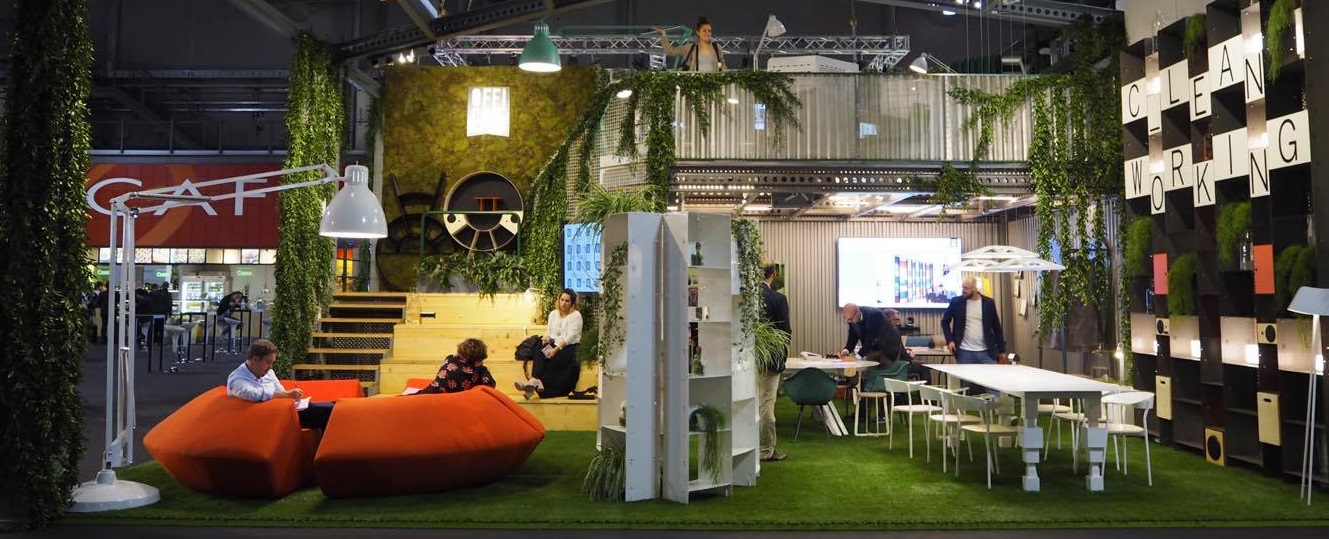

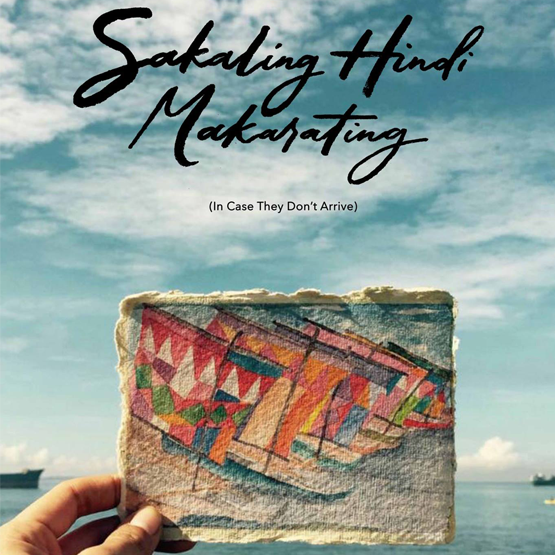





You must be logged in to post a comment Login